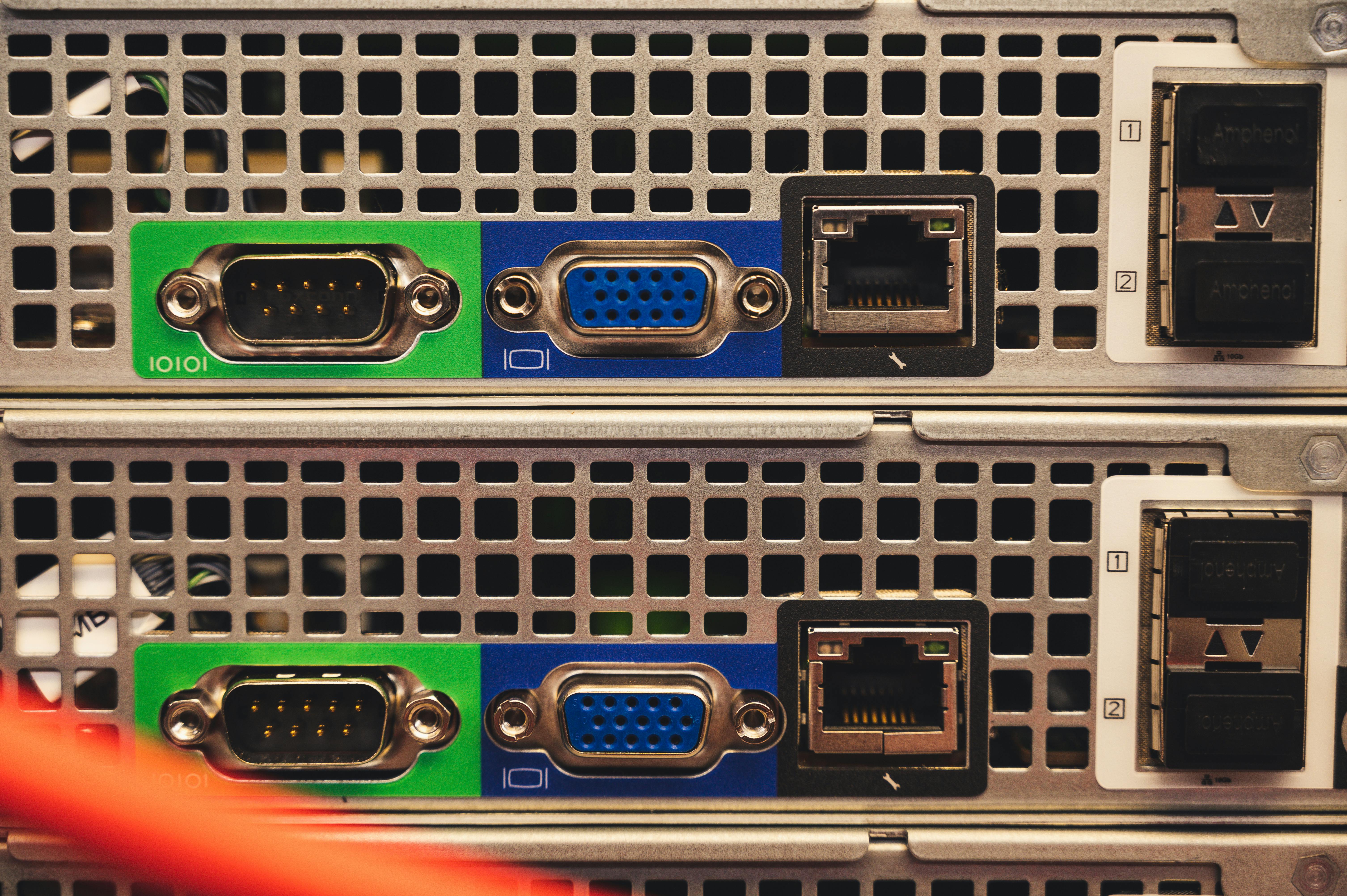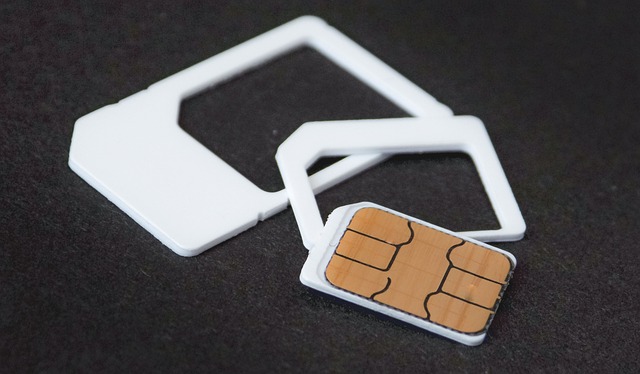Breaking Down the Future of Telecommunication: Terabit Networks
Our society's insatiable appetite for faster and more efficient data transfer is driving the development of the next big thing in the world of telecommunications: terabit networks. This article explores the intricacies of this technology, its current state of development, and the profound impact it may have on our interconnected world.

The concept of terabit networks is not entirely new. As early as the 1990s, scientists began exploring the idea of a network capable of moving data at a speed of one terabit per second (Tbps). At that time, the idea seemed far-fetched, as the vast majority of global internet traffic was handled by networks operating on the scale of gigabits per second (Gbps). But as technology advanced and our need for bandwidth grew, the concept of terabit networks began to take shape.
Today, terabit networks are more than a theoretical concept. Several tech giants have made considerable strides in their development, with lab tests successfully demonstrating data transmission at terabit speeds. However, the technology is still far from becoming mainstream, with several technical and regulatory hurdles yet to be overcome.
Understanding the Basics of Terabit Networks
At its core, a terabit network is designed to transmit data at a speed of one terabit per second. To put this into perspective, consider that a gigabit network – the standard for most high-speed internet services today – operates at a speed of one gigabit per second. This means that a terabit network would be approximately 1,000 times faster than a gigabit network.
Such blistering speeds would revolutionize how we use the internet. Streaming ultra-high-definition video, downloading large files, and running complex online applications would become nearly instantaneous. Businesses would be able to transfer massive amounts of data in the blink of an eye, enhancing productivity and efficiency.
Current State of Development and Challenges Ahead
Despite the promise of terabit networks, several challenges must be overcome before this technology can be deployed on a widespread basis. One of the most significant hurdles is the sheer physical infrastructure needed to support such high-speed data transmission. Existing fiber-optic cables, the backbone of the internet, may not be able to handle terabit speeds without extensive modifications or replacements.
Regulatory hurdles also pose a significant challenge. As with any new technology, creating a regulatory framework that balances innovation with consumer protection and fair competition will be a complex task. Policymakers will need to grapple with issues such as data privacy, network neutrality, and licensing of new technologies.
Implications and Practical Applications
The advent of terabit networks would have far-reaching implications for businesses and consumers alike. For businesses, this technology could facilitate real-time data analytics on an unprecedented scale, opening up new opportunities for innovation and growth. For consumers, terabit networks could transform the internet into an even more powerful tool for communication, entertainment, and learning.
In conclusion, terabit networks represent the future of telecommunications, offering speeds and capacities that were once thought to be unattainable. But as with any technological advancement, their development and deployment will require overcoming significant challenges. Nonetheless, the potential benefits of this technology make it an exciting area to watch in the coming years.




